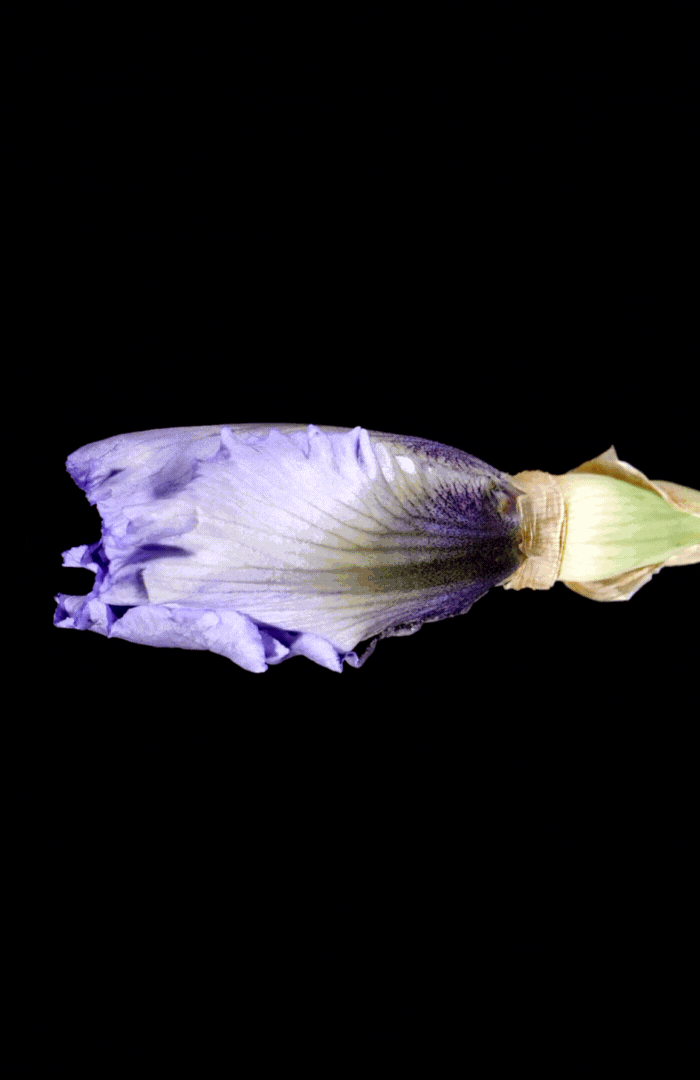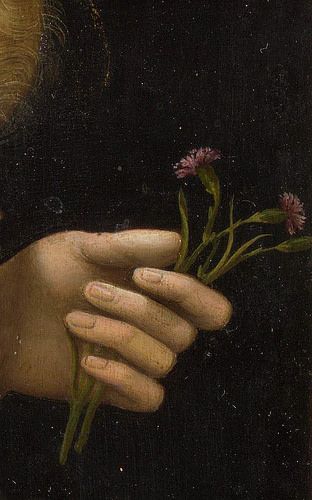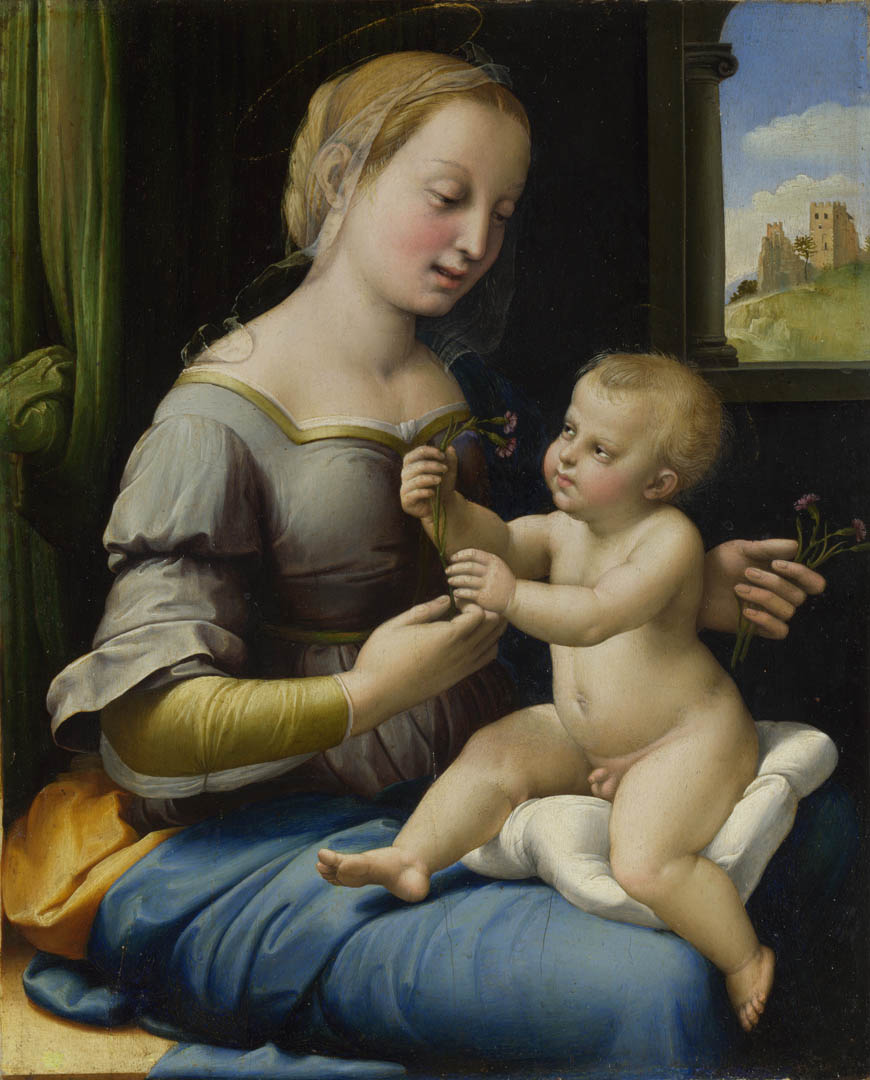
A Symbol of Loyalty and Wisdom February birth flower, the Voilet, is renowned for its delicate beauty and deep, purplish-blue hue.
Historical Significance Tracing back to ancient Greece, Violets were associated with Aphrodite, the goddess of love, and symbolized love and fertility. In Christian symbolism, Violets represent humility and the Virgin Mary.
Cultural Symbolism Violets typically signify loyalty, faithfulness, and wisdom. They are often given as a token of affection, and their heart-shaped leaves further reinforce their association with love.
Medicinal Uses and Folklore Historically, Violets have been used for their medicinal properties, treating ailments ranging from headache relief to heart disorders. In folklore, they are often seen as a talisman for love and protection.
Conveying Affection and Youth As the secondary February birth flower, the Primrose is equally captivating with its delicate petals and soft colors.
Historical Background With a name derived from the Latin word ‘primus’ (meaning first), Primroses are among the first flowers to bloom in the year, heralding the approach of spring.
Symbolism and Victorian Language of Flowers In the Victorian era, the language of flowers (floriography) was a way to communicate emotion. Primroses, in this context, symbolize young love, affection, and the sentiment of ‘I can’t live without you.’
Spiritual and Emotional Connections Primroses are often connected with the essence of youth and eternal love. They represent innocence and the blissful pleasure of young love. In some traditions, they are considered a symbol of protection and safety.
Violets and Primroses in Contemporary Culture Today, both Violets and Primroses are celebrated for their beauty and the depth of meaning they embody. They find their place in gardens, bouquets, and as a part of cultural and literary references.
February, often associated with Valentine’s Day and expressions of love, is symbolized by two charming flowers: the Violet and the Primrose. Each of these flowers carries its own unique symbolism and historical significance.
In Romantic Gestures
Violets, with their association with faithfulness, are a thoughtful gift for loved ones, while Primroses symbolize the charm and promise of young love.
In Home Gardening
Both flowers are popular choices for gardeners looking to add color and symbolism to their winter and early spring gardens.
In Wellness and Self-care
Violets are sometimes used in herbal remedies and teas, known for their soothing properties, whereas Primroses add a touch of cheer and rejuvenation to any setting.

Violet
Violets have a spiritual significance of humility and modesty. In Christianity, they are associated with the Virgin Mary. They are also used in some traditions for protection and to enhance spiritual awareness.
Primrose
These flowers are often associated with youth and eternal love. In some pagan traditions, Primroses are used to decorate altars during spring festivals as symbols of new beginnings.
The Voilet & Primrose in Art
February’s birth flowers, the Violet and Primrose, have a storied presence in art, each embodying distinct meanings. Violets, with their deep purple hues, have been a subject of artistic fascination for centuries, symbolizing modesty and faithfulness. They frequently appear in Victorian and Impressionist art, where they often represent understated elegance. A notable instance is in Vincent van Gogh’s “Vase with Violets,” where the flowers are depicted with a tender and intimate touch, highlighting their delicate beauty.
Primroses, while more subtle in their art representation, are often portrayed as harbingers of spring. Their depiction in art tends to focus on their role as symbols of new beginnings and youth. The flower’s soft colors and gentle appearance make it a favored subject in works that emphasize nature and the changing seasons.


Literary References and Symbolism
In literature, violets have a rich history of symbolism. William Shakespeare frequently used violets in his plays to represent faithfulness and chastity. In “Hamlet,” Ophelia refers to violets as a symbol of faithfulness, which is tragically lost. Violets also appear in Christian literature as a symbol of humility, often associated with the Virgin Mary.
Primroses have been celebrated in poetry for their simple charm and as a sign of the early spring. In “The Primrose,” by William Wordsworth, the flower is depicted as a modest, yet beautiful, herald of the warmer days of spring. Their recurrent motif in pastoral poetry emphasizes innocence and the beauty of the unassuming aspects of nature.
Musical Inspirations
Music, though more abstract in its representation of flowers, often captures the essence of these blooms. The delicate and hopeful nature of the snowdrop has inspired numerous classical compositions that evoke a sense of renewal and rebirth. These compositions typically feature light, airy melodies that mirror the flower’s gentle appearance.
Carnations, though less directly referenced in music, inspire through their symbolism of deep love and admiration. Various romantic and classical pieces indirectly capture the essence of carnations through compositions that evoke deep emotions and passion.
Cultural and Emotional Resonance
Both the Carnation and Snowdrop resonate deeply in cultural contexts, representing themes of love, purity, and transition. Their portrayal in art, literature, and music transcends time, reflecting the enduring human connection to the natural world and the emotions these flowers evoke.
As we explore the representation of these flowers across different mediums, it becomes evident that their impact is profound and multifaceted, capturing the human experience in its various shades.
